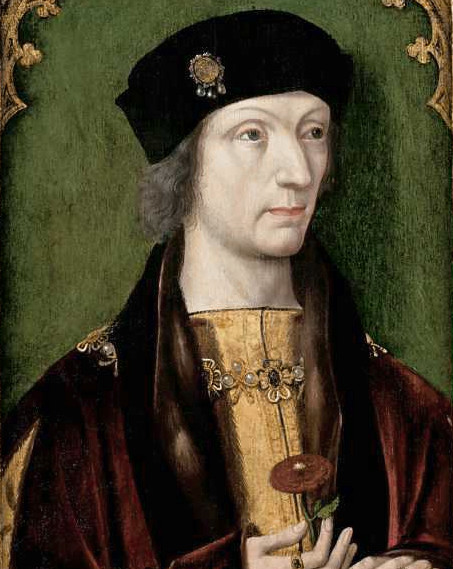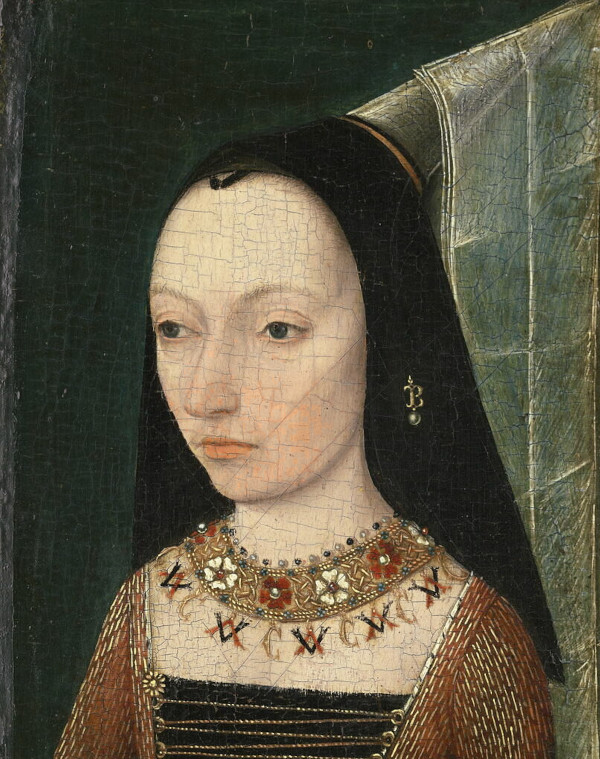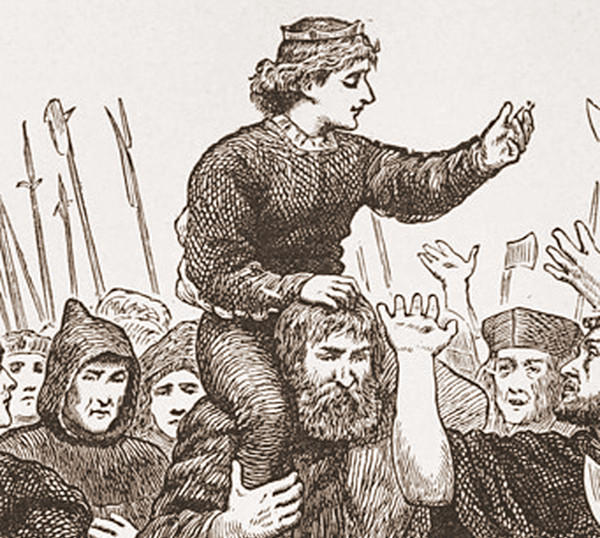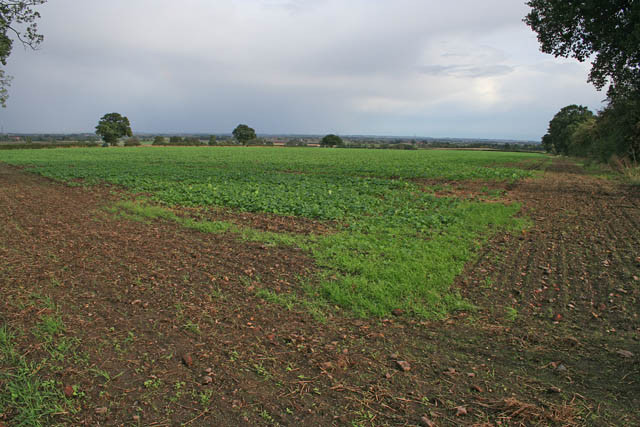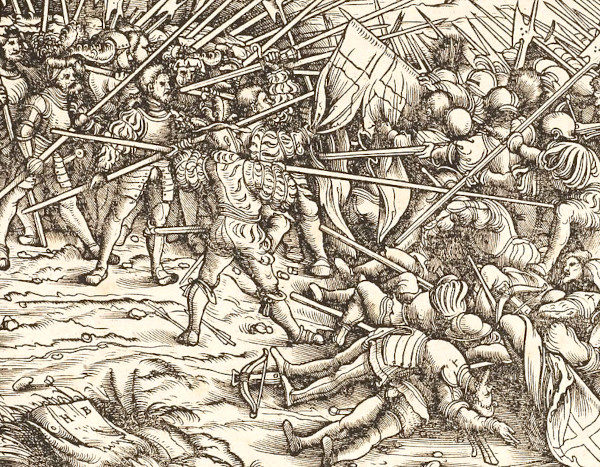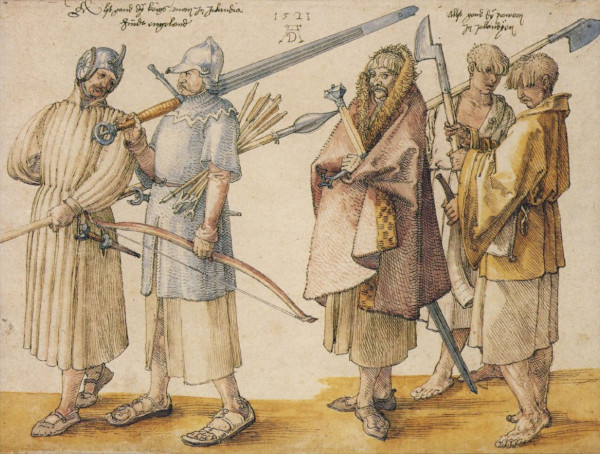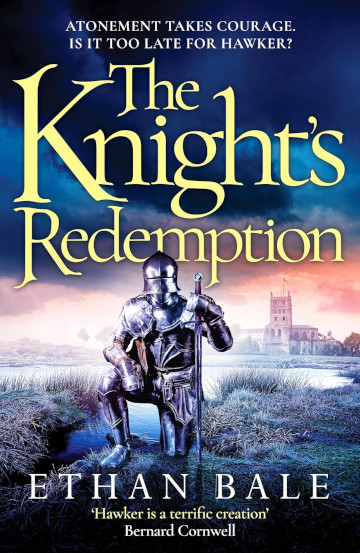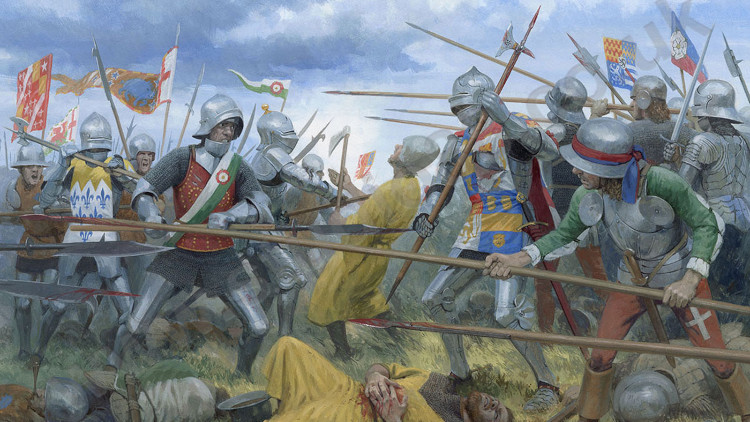
Ethan Bale looks at the Battle of Stoke Field in 1487, a ‘forgotten’ fight which finally secured the throne of England for Henry VII and the Tudor dynasty.
It’s the perfect pub quiz gotcha: What is considered to be the last battle of the Wars of the Roses? If you said “Bosworth Field” you’d be wrong. Of all the battles in that internecine struggle of the 15th century, we probably know the least about the last: Stoke Field, Nottinghamshire, 16 June, 1487.
The clash resulted in victory for the young Henry VII, two years after Richard III’s death at Bosworth, and finally extinguished the Plantagenet rebellion which had been brewing since Richard’s demise. It is often said that history is written by the victors; but in this case the victors have left a rather paltry record.
Perhaps Henry, with his own dubious claim to the throne as a Lancastrian heir, was eager to quash any remaining embers of Yorkist revolt by sweeping away any memory of the event and granting mercy to some of his enemies. In any event, the wildly varying accounts that do exist were – with one exception – written after the fact and by people who were never there.
In writing The Knight’s Redemption, I attempted to portray the events leading to Stoke Field as those then living might have perceived them: full of contradictions and rumour, false hopes and false intelligence. Through 1486 and into 1487, Henry Tudor’s spies and informants had done their best to stay abreast of Yorkist developments in the Low Countries as well as in the north of England.
In April of 1486, a rebellion led by Yorkist stalwart Sir Francis Lovell fizzled to nothing and he fled abroad to the court of Margaret of York, Duchess Dowager of Burgundy and sister to the slain Richard III. With funding from Margaret and her son-in-law Maximilian, the King of the Romans, Yorkist loyalists began to plot a new uprising to overthrow the usurping Tudor regime. This effort was led by Lovell and John de la Pole, the Earl of Lincoln – King Richard’s nephew and chosen successor.
Hopes eventually settled on crowning a new Plantagenet king in exile. Ostensibly, this was to be the 12-year-old son of Edward IV’s treasonous (and executed) brother George, Duke of Clarence. The young Edward Plantagenet however, was in the hands of Henry and lodged in the Tower. This led to an imposter, the so-called Lambert Simnel, being procured and eventually crowned in Dublin in May 1487. To quell doubts, the rebels maintained that the boy held in London was the actual imposter.
For her part, Margaret of Burgundy had managed to procure the services of the infamous German mercenary Martin Schwartz who commanded between 1500 and 2000 well-trained Landsknecht soldiers: pikemen, halberdiers, longswordsmen, crossbowmen, and gunners. These men were a mix of Germans, Austrians, and Swiss along with a few Scots.
It was a small but impressively equipped force of professionals, schooled in the latest tactics of pike warfare, the kind of force that was sweeping the battlefields of the continent, challenging the supremacy of the mounted knight. Combined with the personal retinues of Lovell and Lincoln, this army set sail in early May for Dublin, still a Yorkist stronghold.
In Ireland, local lords assembled a force of lightly-armed soldiers, called kerns, enthusiastic and brave but largely without armour and equipped mainly with short throwing spears and long daggers. Once the young pretender had been crowned in Christ Church cathedral as ‘Edward VI’ (with a tin crown borrowed from a votive statue of the Virgin), the entire army embarked on several ships bound for England’s western shore.
Landing unopposed near Furness, the army set out east on 4 June. Numbering some 8,000, it was a not inconsiderable force, although nowhere near the size of earlier armies fielded during the Wars of the Roses. Henry Tudor was not oblivious to the challenge. His informants and spies had kept him abreast of the arrival of the rebels in Dublin, the coronation, and the departure.
His army would be led by his uncle Jasper Tudor (the Earl of Bedford) and by the Earl of Oxford, the man who had secured victory for him at Bosworth Field. Historians estimate the total number of fighting men available to Henry was around 15,000, giving him the numerical advantage. But numbers did not always tell the whole story: his mainly mercenary army had defeated the larger force of Richard III just two years earlier.
Lincoln and Lovell continued their march south, covering roughly 17 miles per day, an impressive feat for a medieval army encumbered by a baggage train. Henry must have been deeply concerned. Some nobles were yet to commit their forces to him upon being summoned and the ghosts of Bosworth must have surely been foremost in his mind. Last-minute changes of allegiance had helped win him the crown in August, 1485. Would he himself fall victim to an earl switching sides?
Lovell, Lincoln, and Schwartz chose the ground upon which to make their stand. It lay a stone’s throw from the town of East Stoke on high ground above the river Trent. Although consensus is lacking, the centre was probably formed by the Landsknecht ‘square’ with the Anglo-Irish contingents on both wings and whatever mounted troops and guns were available flanking these.
Marching northwards early on the morning of 16 June, the Lancastrian host saw the deployed line of their enemy on the ridge of a gently rising meadow. But whether by accident or design, Henry’s force had been divided on the march and it was only Oxford’s vanguard of around 6,000 that had arrived.
Henry and the remainder of the army still lay a few miles to the south. Oxford immediately deployed his line opposite at the foot of the rise and brought up his mounted knights, men-at-arms, and archers to secure his right flank.
No doubt the situation was not lost on the Yorkist commanders. They could wait for the enemy to advance, knowing they themselves held the commanding high ground, but this might give time for the remainder of the Lancastrian army to join the battle. Or they could advance downhill and attempt to defeat the vanguard, hoping an immediate victory would cause the rout of the remainder of Henry’s forces arriving late to the game. It was this course they decided upon.
The chaos and confusion of a medieval battle cannot be overstated. Once joined in combat, command and control was difficult to maintain and victory would depend on breaking and rolling up a flank to ‘turn’ the enemy or punching through the vanguard and dividing it. When within 200 yards or so, they would have been met with a lethal rain of arrows from Oxford’s longbowmen. Sources say that the unarmoured Irish were killed in great numbers.
For more than an hour, the two lines of pikes and pole weapons struggled to break the other. But as the battle went on, losses on the Yorkist side took their toll.
Did the un-armoured and ill-trained Irish give way to the onslaught of Lancastrian halberds and arrows? These ‘naked’ soldiers accounted for nearly half the entire Yorkist army. Was the German square subsequently exposed on its flanks? Did the arrival of additional Lancastrian troops turn the tide? In a little more than two hours, the Yorkist line began to disintegrate.
The counter-attack of Oxford threw the Yorkists into disarray and one source claims this was when the principal commanders all fell. The Earl of Lincoln, Martin Schwartz, and Sir Thomas Fitzgerald were slain, possibly by the withering volleys of arrows. High-value figures would not normally have been killed outright without the chance to accept surrender, but the manner of their deaths was not recorded.
Herald tallies for the carnage counted some 4,000 rebels killed. A fair number of the landsknechts survived the battle, were given quarter, and allowed safe passage out of England. As for those rebels who were English or Irish, many were cut down in flight or executed on the field for their treason.
Of the rebel leaders, only Lord Lovell appeared to have escaped the field, but whatever his fate, he was never heard of again. A letter of safe conduct from the Scottish King James IV naming him directly has been discovered, dated months after the battle of Stoke Field. Did he manage to survive?
Henry Tudor himself did not arrive until the battle was over. The ‘boy-king’ – Edward VI or Lambert Simnel – was captured on the field, apparently abandoned by his keepers. Famously, he was pardoned by Henry and put to work in the palace kitchens as a spit-turner.
King Henry would face another threat to his throne in the 1490s: Perkin Warbeck or, as some historians have claimed, the younger of the princes in the Tower, Richard of Shrewsbury. But Stoke Field was the high watermark of Yorkist hopes to overturn the fledgling Tudor dynasty. And in just a few violent hours in a farmland meadow in Nottinghamshire the fate of the kingdom was decided and the Tudor dynasty secured.
The Knight’s Redemption by Ethan Bale is published on 12 September, 2024.
Find out more about this book.
Ethan Bale is the pen name of Clifford Beal, author of both historical fiction and non-fiction. His Knights of the White Rose trilogy follows the exploits of a down-at-heels, ageing Yorkist knight, John Hawker, who carries on the fight after the disaster of Bosworth Field.
You may also be interested in Ethan’s two other Historia features, The enduring mystery of the Princes in the Tower and The real Dracula: monster by nature – or nurture?
For more Wars of the Roses and Tudor-related content, see:
Thomas Howard, the man behind the Tudors by Kirsten Claiden-Yardley
What’s in a Date?, Finding Joan Vaux, an unusual Tudor woman and Joan Vaux – child prodigy and lady-in-waiting to four queens by Joanna Hickson
Finding my matriarch, Cecily Neville and Mothers in war: Cecily Neville and her royal rivals by Annie Garthwaite
When the Wars of the Roses got personal by Nicola Cornick
Images:
- The Battle of Stoke by Graham Turner (detail); John de la Pole, Earl of Lincoln, fights for his life at the climax of the Battle of Stoke Field alongside Irish conscripts and German mercenary pikemen: © Graham Turner, supplied by the artist
- Henry VII, attrib Meynnart Wewyck, c1501–9: Society of Antiquaries of London via Wikimedia (public domain)
- Margaret of York, Duchess of Burgundy, 1460–1503: Louvre Museum via Wikimedia (public domain)
- Lambert Simnel being acclaimed as King in Ireland, 19th century: Wikimedia (CC BY-SA 4.0)
- Stoke Field by Kate Jewell (according to popular theory this is the position of the Yorkist troops at the beginning of the battle): Geograph (CC BY-SA 2.0)
- Landsknechts fighting in a battle, Hans Burgkmair, Der Weisskunig, 1514–16: Wikimedia (public domain)
- Drawing of Irish soldiers, Albrecht Dürer, 1521 (note the lack of armour which at Stoke Field would have led to tremendous casualties from arrow shot as well as polearms): Wikimedia (public domain)

